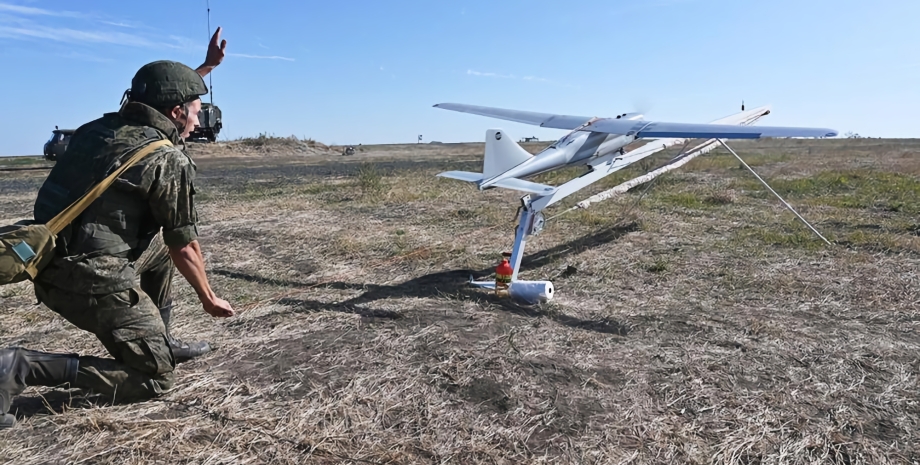
 By Victor Duda
By Victor Duda
Tim Karpinsky, the head of the Ukrainian Cyberralian Highlady Community, told focus what the special equipment is used during the war and whether it can be overcome. Tim Karpinsky: "Comet" belongs to the class of receivers of global navigation satellite systems, which should work in the conditions of production of radio electronic interference. That is, "comet" and similar to it, it is a kind of "super receiver" GPS. The product in various modifications, such as M, M-VT, A8-VT, etc.
is a hardware software complex of satellite navigation signal, which works with the constellations of the GPS L1 and Glonass G1 satellites. Adaptive antenna lattices are used for confident receiving satellite navigation signal in the conditions of active radio electronic interference. This occurs by changing the ray of the diagram of the direction of receiving the signal from the interference towards the authentic signal source, by phase displacement and other manipulations.
After receiving, the signal passes a series of filters and other preparatory procedures, after which it is subjected to digital treatment with a mathematical apparatus, which aims to finally "clean" the signal and submit it to a GNSS-receiver quite a domestic level. Imagine a letter of copper. GPS satellites above it. Below, beneath it, a source of interference in the form of HR. The task is to take a signal from above, ignoring the interference from the bottom, measured in good such capacity.
Tim Karpinsky: various compets modifications are used in various devices, for example, in the UAV "Orlan-10", "Orlan-30", "Cartographer", modules of glider and correction for aviation bombs, screws, aircraft, etc. Tim Karpinsky: Yes. There are two ways. The first is to put enough interference spread in space in the use of a "comet" or a similar product.
The number of interference is theoretically calculated from the number of elements for receiving the signal in the antenna lattice of the product on the principle of "N -1". For example, if the "comet" has 4 such elements, then you need to create at least three interference. Another option is to operate protocol errors and process processing, which is processed by the receiver's mathematical apparatus. That is, to "feed" the device with data, which can lead to failure in the work of the device.
Tim Karpinsky: Unfortunately, the element base of a comet is an electronic component base of civil class (Consumer Grade). Unfortunately, it is impossible to completely prohibit the import of microcontrollers and programmable logical integrated circuits (pleats) that are engaged in digital signal processing and its "cleaning", for example. Anything that has the size is able to fit into a suitcase or case - is not effective.
Complicating the production of comet can be limited to the main components. Comet uses Intel (USA), Altera Cyclone V, GNSS receivers produced Ublox or NVS Technologies (Switzerland). As well as various radio components and integral schemes from Analog Devices (USA).
As early as 2023, a Ukrainian serviceman and a specialist in electronic struggle against the pseudonym Sergey Bezrtnov ("Flash" reported that Russia began to put CRPA-Anane "comet-M" on all the nobles of the series "Orlan", winged rockets and controlled bombs to protect. them from suppression of satellite communication.










All rights reserved IN-Ukraine.info - 2022